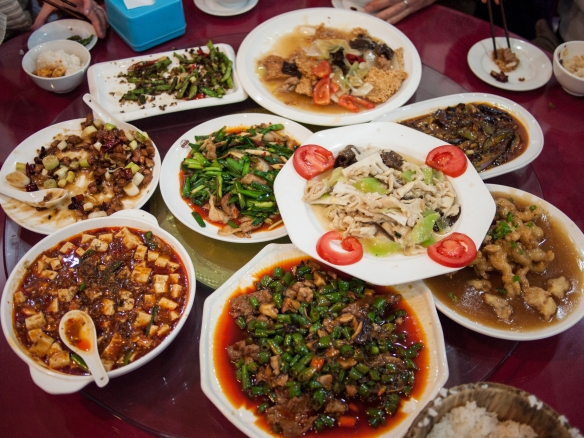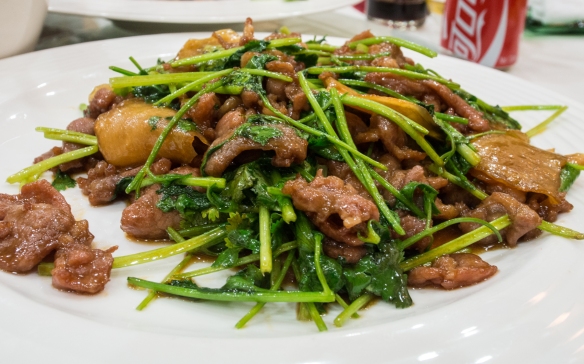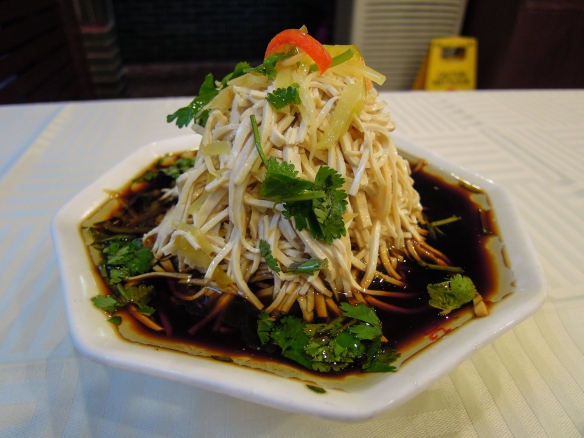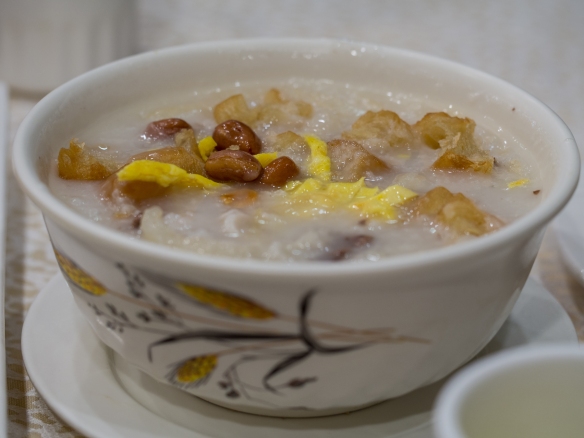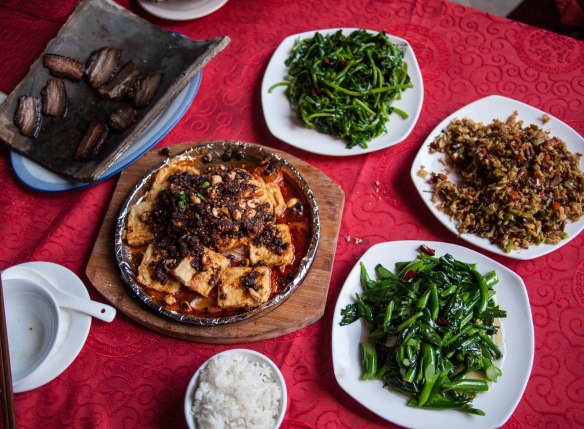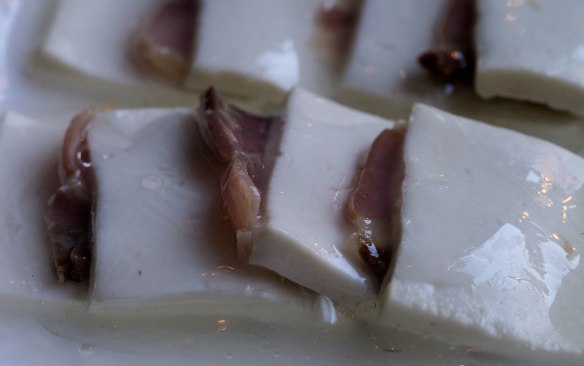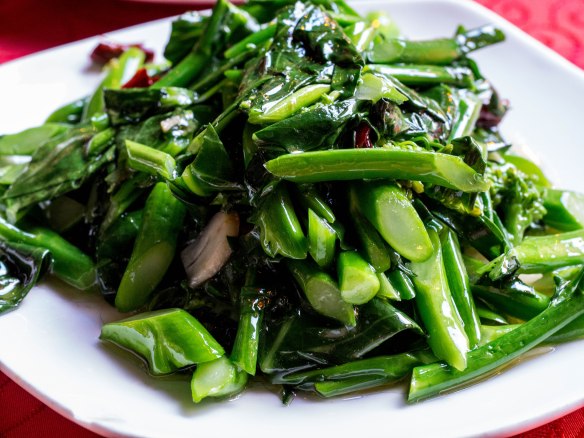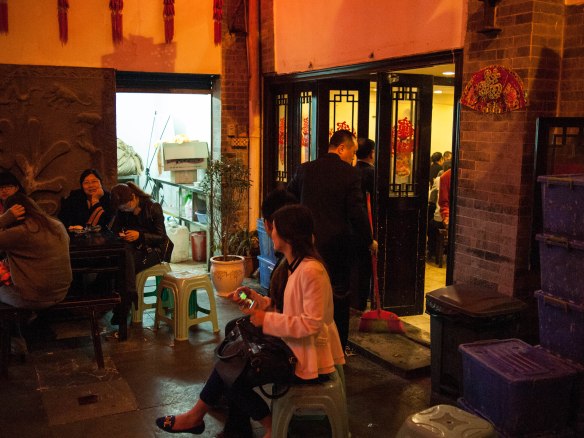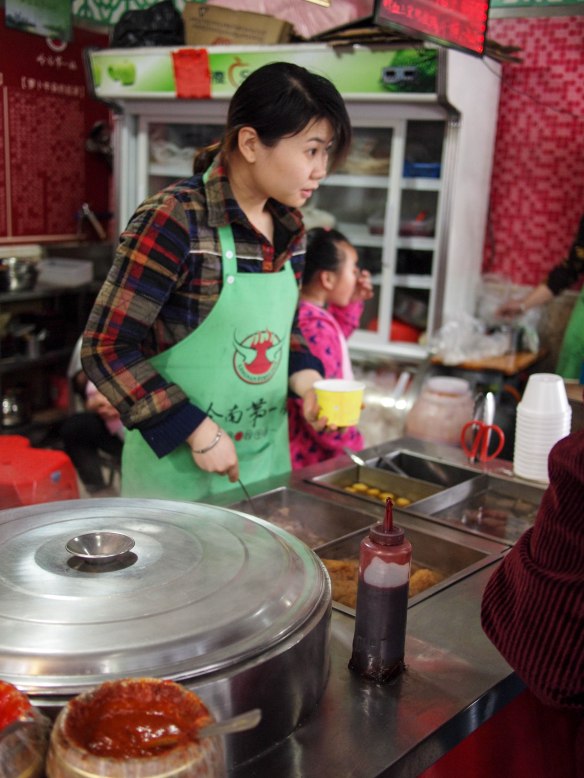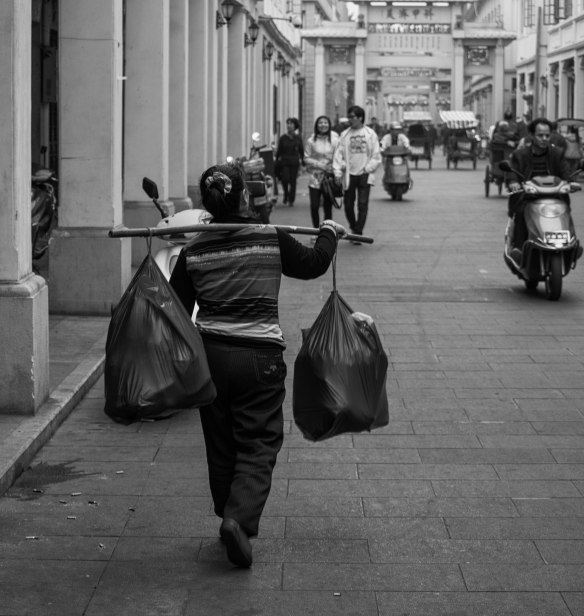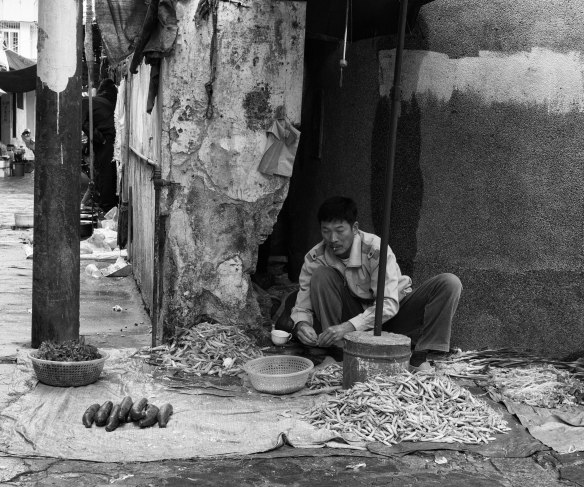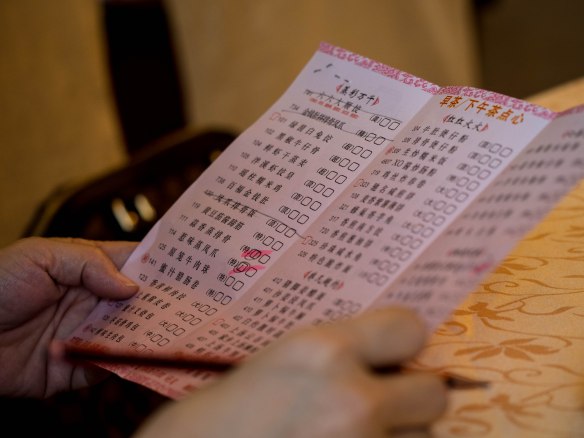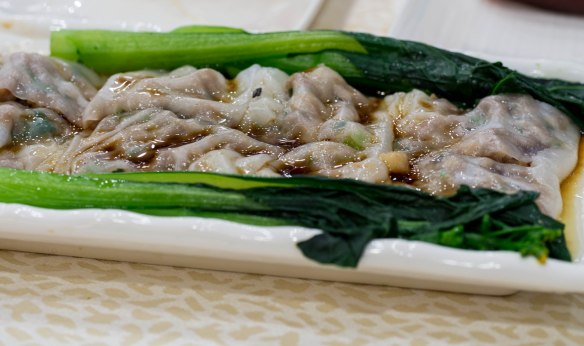
Taiwan is not all dense cities. In fact, the topography is quite varied, from jungle to mountain peaks over 12,000′ (3000 m) high. Once you get out of the city, small towns and villages dot the countryside. Access to natural areas is not difficult and Taiwan has her share of National Parks and other popular outdoor getaways, such as Taroko Gorge, Kenting National Park, Alishan National Scenic Area, Sun Moon Lake, and the Penghu Islands. There are countless other beautiful natural areas to explore as well.
Last Autumn I was in Taiwan for about ten days and wanted to get out of the city for a change. When I say city, I really mean Taipei (and the surrounding metropolises), or one of the other big cities like Taichung, Tainan, and Kaohsiung. My son and I (who was traveling with me) and a couple colleagues had the chance to play around for a day at Alishan, then later my son and I spent a few days in Hualien. It’s really nice to get out into the countryside where things are quieter and slower.
We took the narrow gauge railway in Chiayi up into Alishan National Scenic Area to the small town of Fenchihu part way up the mountain.




We wandered around the market for awhile, then headed to a delightful little farm to table organic restaurant about a half hour walk from the train station.


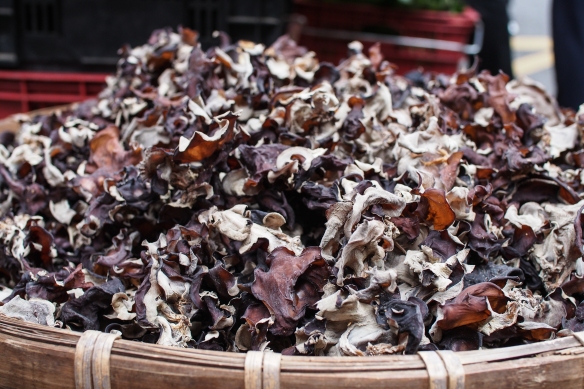
My friend and colleague, Henrietta, had a colleague from National Zhongzheng University in Chiayi that found the place for us. Xinhui was very gracious in showing us around Chiayi and satisfying our foodie inclinations by finding excellent restaurants. The mountain farm-to-table place was fabulous. We had individual hotpots, all the produce came from the farm right outside the door. The meal was fresh, light, and wonderful. The restaurant was really a farm house with no more than seven or eight tables between two rooms.









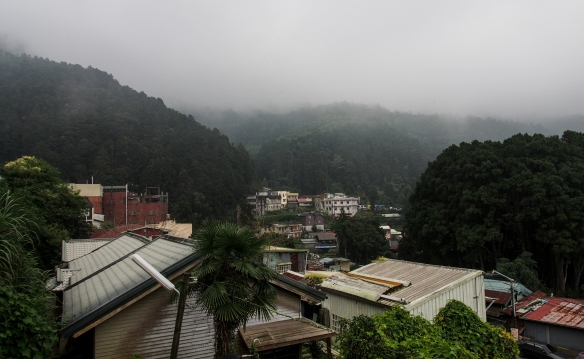

It was a nice quiet, relaxed day with good food, good company, and beautiful surroundings. I’m always recharged when I leave the city and spend some time in a quiet, beautiful place. Sometimes even a city park can satisfy that need. Admittedly, I have not spent a great deal of time in Taiwan, at least compared to Mainland China, but each time I return, I find new things, new places, new food, and new resolve to return again and again.

